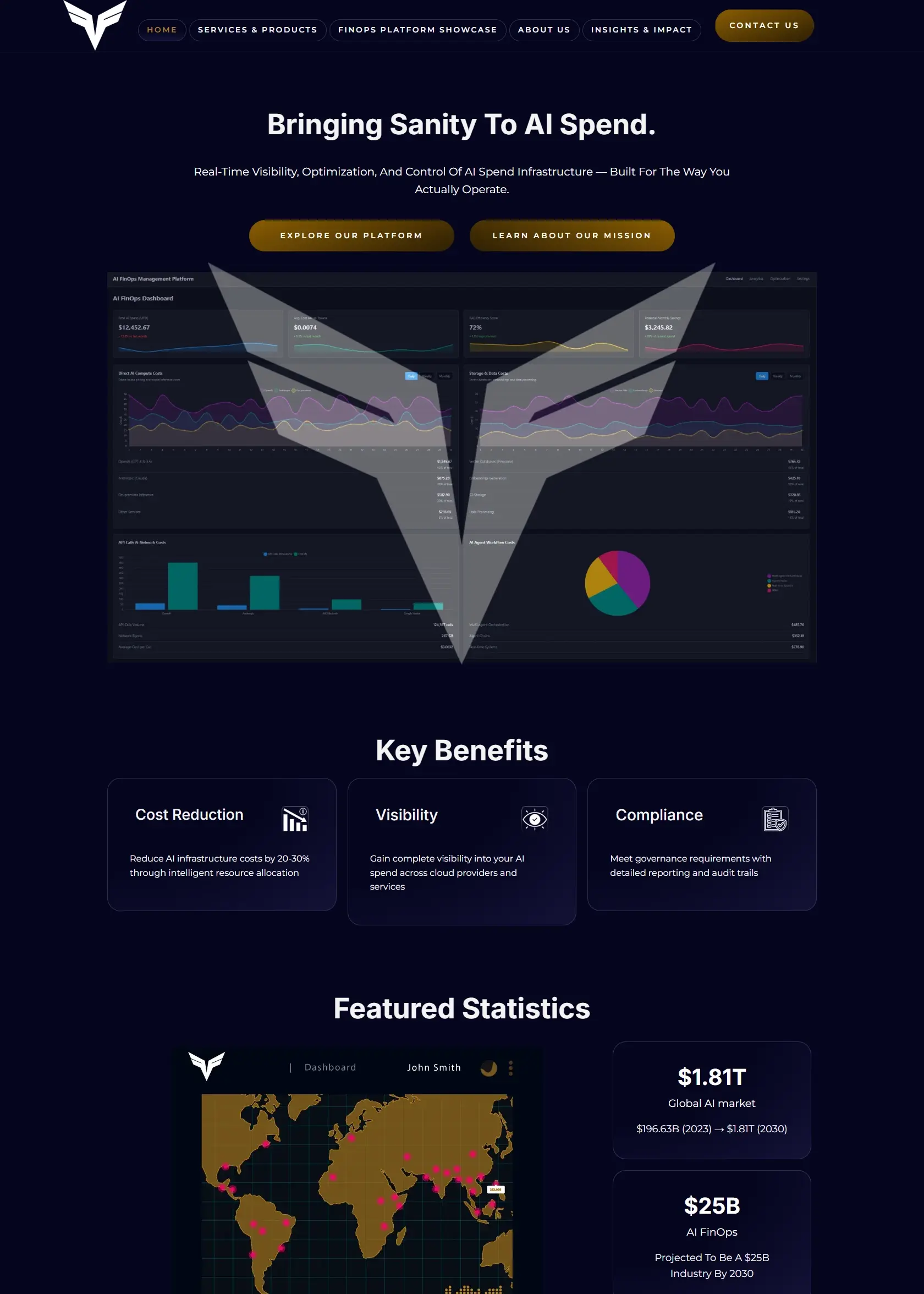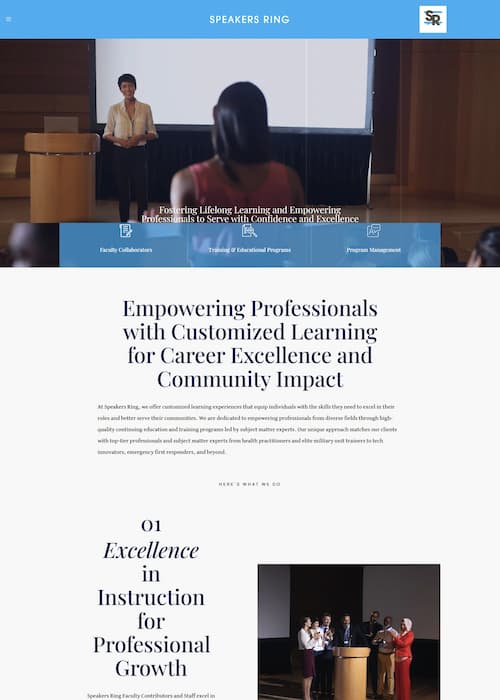Continuing from the previous article, here are the remaining 11 essentials for optimizing your site to improve search rankings and user engagement.
SEO Best Practices
12️⃣ Leverage Social Media
Active engagement on social media increases visibility and drives organic traffic. Use platforms like Facebook, Twitter, and LinkedIn to build your audience and promote content effectively.
13️⃣ Encourage Comments
A thriving comments section fosters discussion, increases user engagement, and boosts time on site. Ensure proper moderation to eliminate spam.
14️⃣ Optimize Domain Structure
Use sub-directory root domains (e.g., yoursite.com/seo) over sub-domains. Avoid hyphens and less credible domain extensions (.biz, .info) to maintain authority.
15️⃣ Perfect Headlines & Permalinks
- Keep headlines under 55 characters for maximum SERP visibility.
- Optimize URLs with relevant keywords, but keep them concise and descriptive.
16️⃣ Implement Local SEO
- Register your business on Google My Business to appear in local searches.
- Ensure business details like address, contact, and opening hours are accurate.
What to Avoid in SEO
🚫 17️⃣ Mobile App Interstitials – Google penalizes sites using full-screen pop-ups for app downloads.
🚫 18️⃣ Hidden Text & Links – Avoid deceptive tactics like white text on a white background.
🚫 19️⃣ Duplicate Content – Ensure all content is unique to prevent indexing issues.
🚫 20️⃣ Link Buying & Excessive Exchanges – Focus on earning organic backlinks from authority sites.
🚫 21️⃣ Intrusive Ads – Avoid disruptive ads that hurt user experience.
🚫 22️⃣ Keyword Stuffing – Overloading content with keywords lowers readability and may lead to ranking penalties.
Conclusion
Following these 22 essentials for optimizing your site part 2, you can improve search rankings, enhance user experience, and maintain long-term SEO success.



